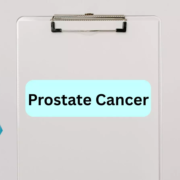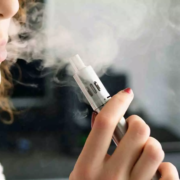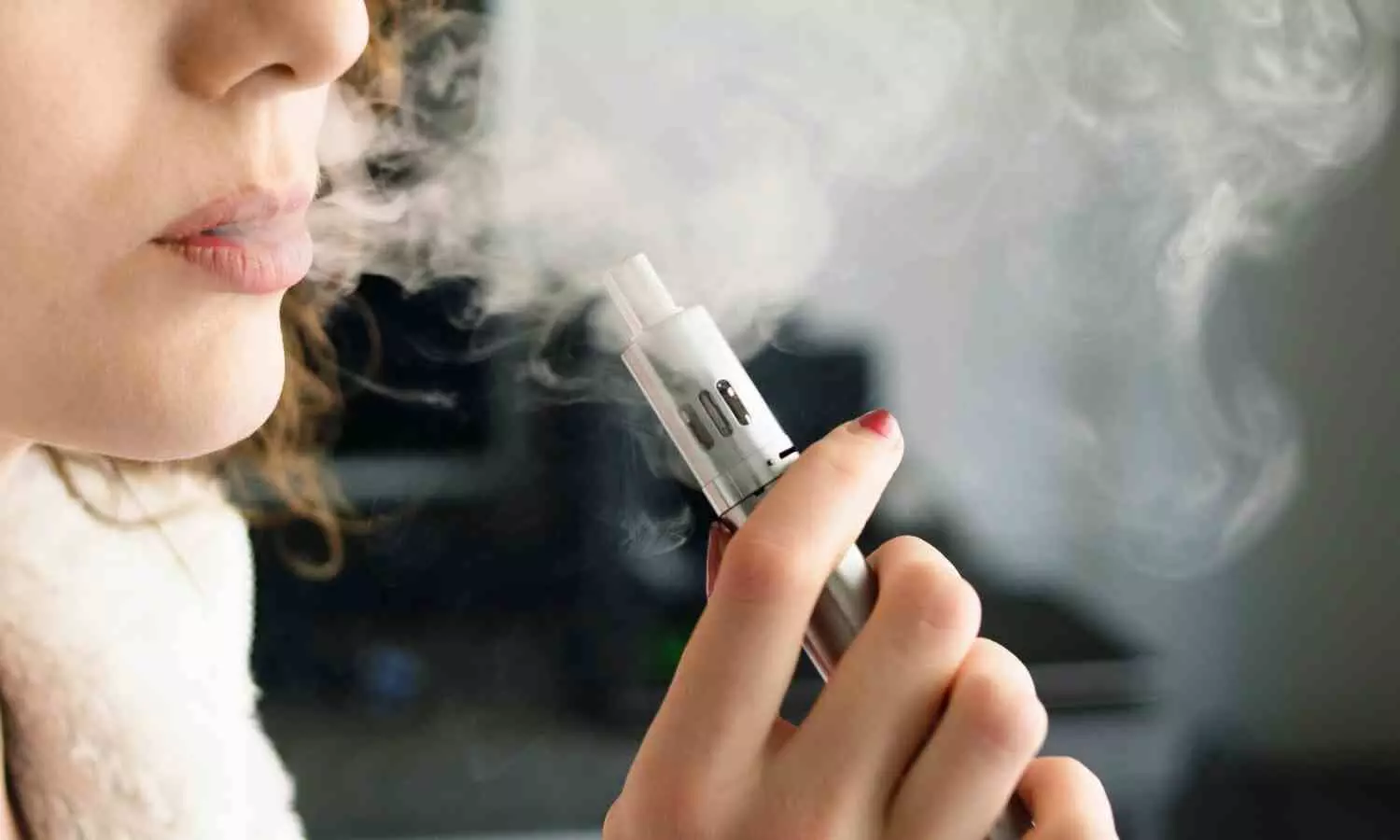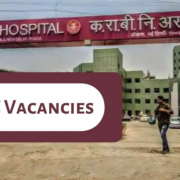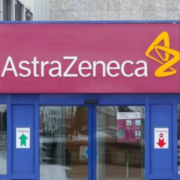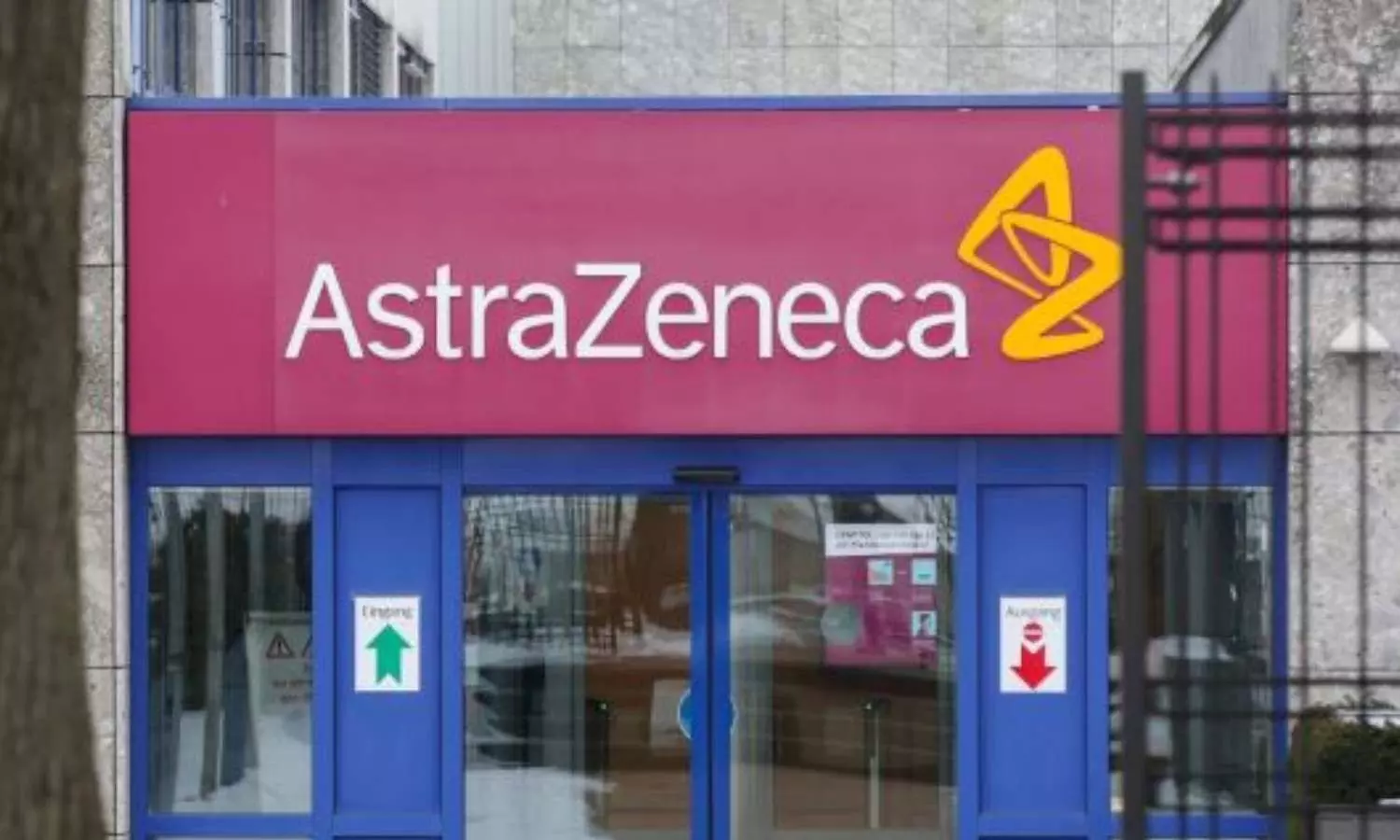Botox mitigates debilitating dry mouth in prostate cancer patients receiving radiopharmaceutical therapy: Study
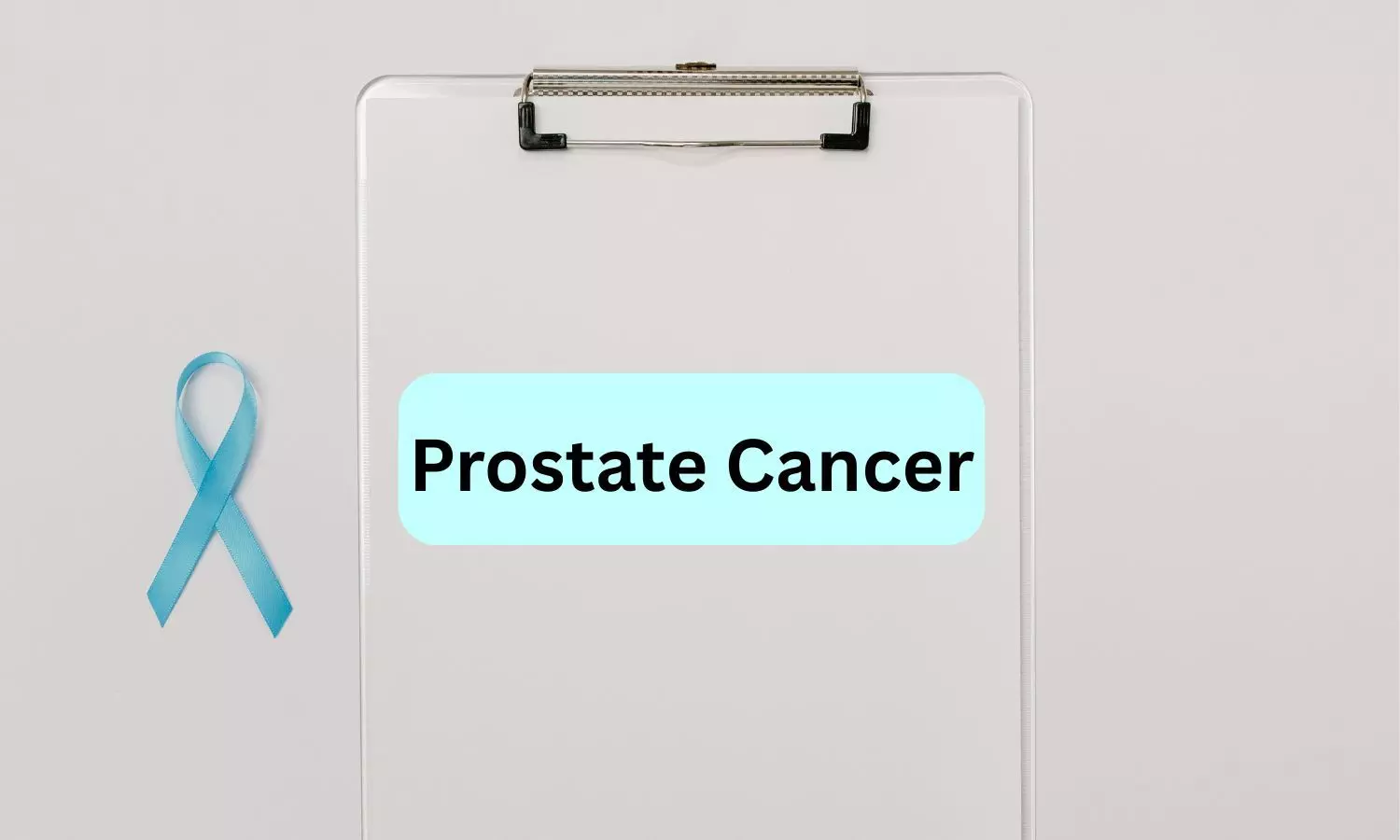
A dual-protective approach using botulinum toxin (Botox) alongside an anti-nausea patch significantly reduces salivary gland toxicity in patients with metastatic prostate cancer undergoing PSMA-targeted radiopharmaceutical therapy.
The strategy led to a 30 percent decrease in PSMA uptake by the salivary glands without affecting the treatment’s cancer-fighting efficacy. This reduction may enhance treatment adherence and improve overall patient outcomes. The findings were presented at the Society of Nuclear Medicine and Molecular Imaging 2025 Annual Meeting.
Salivary gland toxicity from radiopharmaceutical therapy—particularly from alpha-emitting therapies like 225Ac-PSMA—is a critical dose-limiting side effect, often leading to debilitating dry mouth. Prior attempts to alleviate dry mouth using cold packs, single anticholinergics, or external cooling have shown minimal protective benefit.
“In order for patients to maintain a good quality of life and continue with their treatments, it’s essential to address these serious dry mouth issues,” said Tianzhi Zhao, research assistant at the Theranostics Centre of Excellence in the Yong Loo Lin School of Medicine at the National University of Singapore. “Our study explored the use of Botox paired with a nausea patch on reducing radiation uptake to the salivary glands.”
Fourteen patients were enrolled in the study and received Botox injections in the parotid and submandibular glands on opposite sides of the body three to four weeks prior to their combined 225Ac- and 177Lu-PSMA radiopharmaceutical therapy. Three days before treatment, nausea patches were applied behind the ears where they remained until two hours after the treatment. Molecular imaging was performed pre- and post-treatment to measure salivary gland uptake.
A significant reduction in PSMA radioligand uptake in the salivary glands was observed. Botox-treated parotid glands showed a mean 30 percent reduction in PSMA uptake compared to the opposite parotid gland. A mean 17 percent reduction in PSMA uptake was observed in injected submandibular glands compared to the opposite submandibular glands. The injections were well tolerated, with patients reporting mild injection pain but no serious or systemic side effects. No patient discontinued PSMA therapy due to dry mouth.
“This study demonstrates that Botox, administered at recommended doses in combination with a nausea patch, offers a promising therapeutic strategy for reducing radiation-induced salivary gland toxicity without compromising PSMA tumor uptake,” stated Jingjing Zhang, MD, PhD, assistant professor at the Theranostics Centre of Excellence in the Yong Loo Lin School of Medicine at the National University of Singapore. “The significance of this work lies in its direct patient benefit and its potential to expand the therapeutic utility of PSMA radiopharmaceutical therapy, particularly with alpha-emitting radionuclides like 225Ac.”
Both Botox and nausea patches are FDA-approved medications, already available in clinical practice for other indications. As this approach leverages approved medications with established safety profiles, this strategy could be immediately applied in experienced centers offering PSMA radioligand therapy.
Powered by WPeMatico

